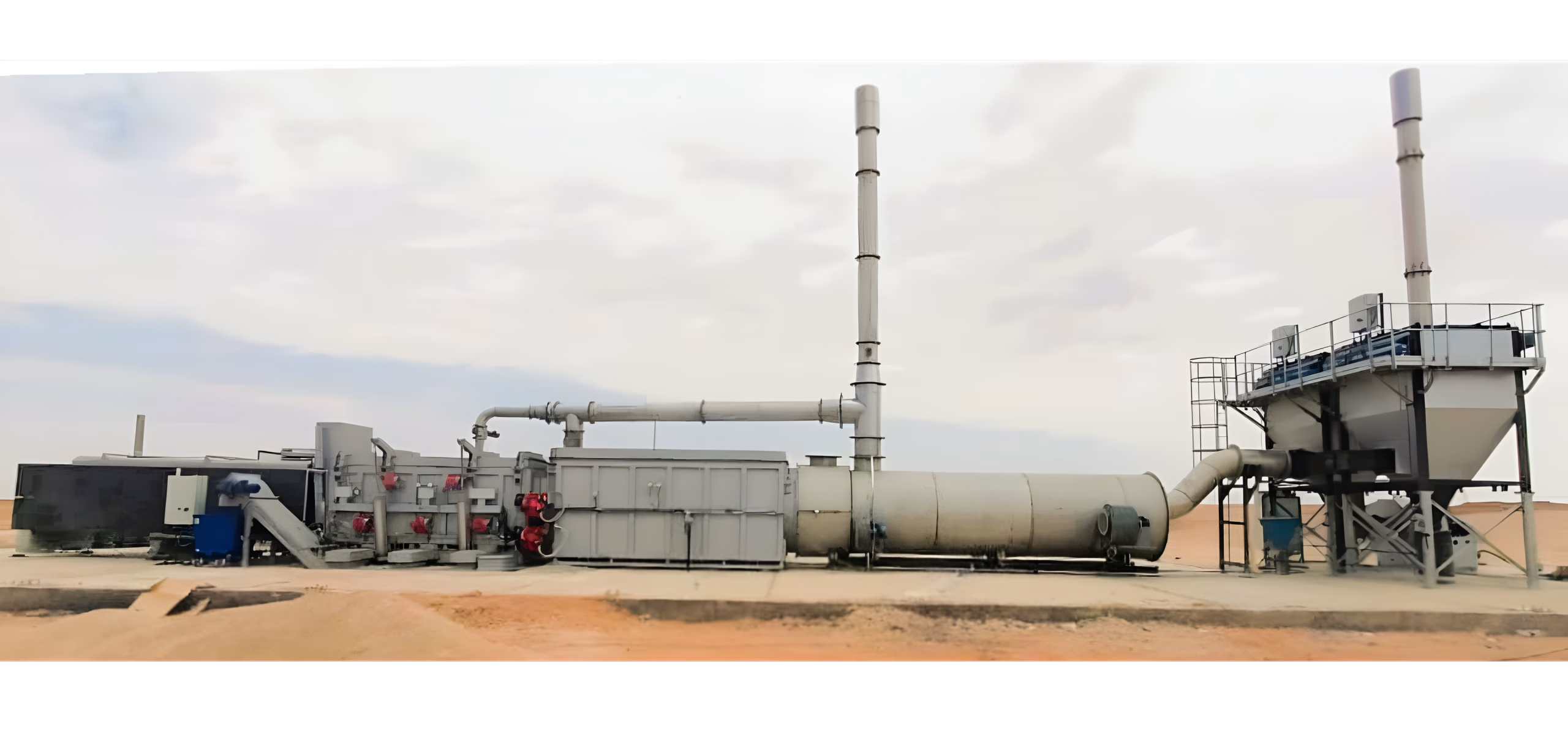Speak to an expert
Have any questions? Our experts are ready with answers. Contact us today and discover tailored solutions to your specific challenges. Our team brings years of industry experience to every conversation, ensuring you receive practical advice for your project.
Don’t navigate these decisions alone — click below to contact us.
- +44 1704 884020
- sales@inciner8.com
